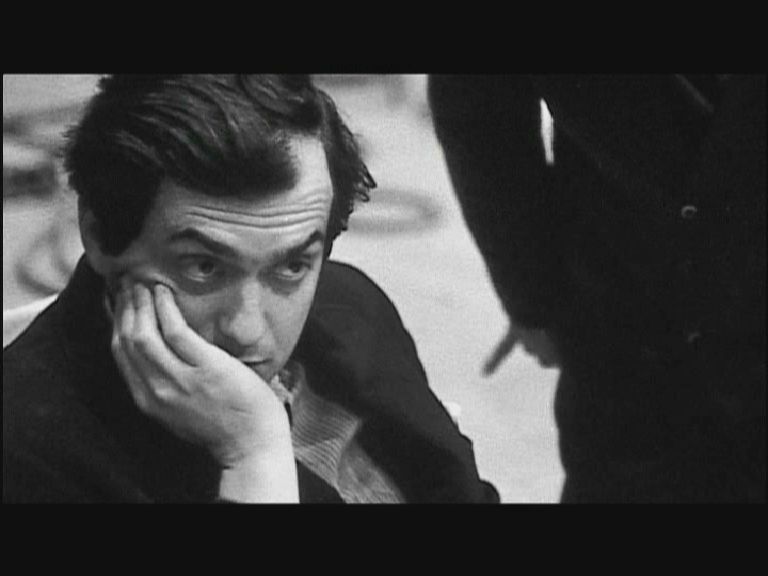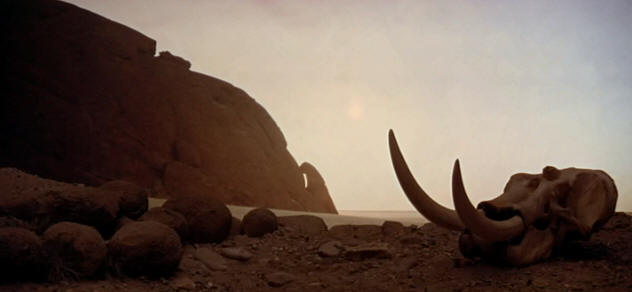
“Kubrick: and beyond the cinema frame”
An in-depth analysis of
2001: A SPACE ODYSSEY
Text copyright © by Rob Ager 2008
(last updates added 2015)
CHAPTER 14
EXTRA MATERIAL, UNEXPLAINED PHENOMENA & A HAPPY ENDING
Even having written such a detailed and exhaustive review as this one, there are still many aspects of 2001 that I have not found any kind of convincing meaning for.
One is the close up of an animal skull in the opening sequence ...

... and another is what looks like a magazine sat on the receptionist desk on the Torus station. The image on the cover appears to be an astronaut with a helmet on, but the background is difficult to identify.
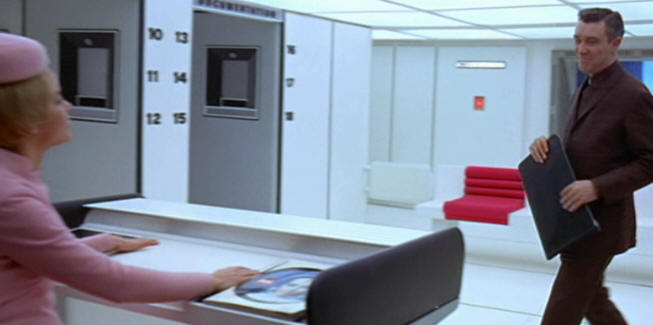
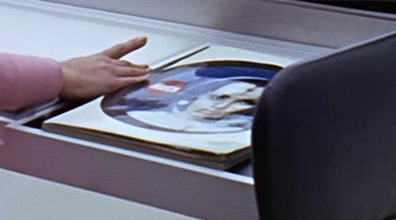
Something I’m convinced has meaning is the order in which Bowman unscrews HALs brain cells. He releases the first five of the memory terminals, but skips the sixth and goes straight to the seventh. What’s really strange is that when he unscrews the seventh one it stays put and the sixth one suddenly emerges.
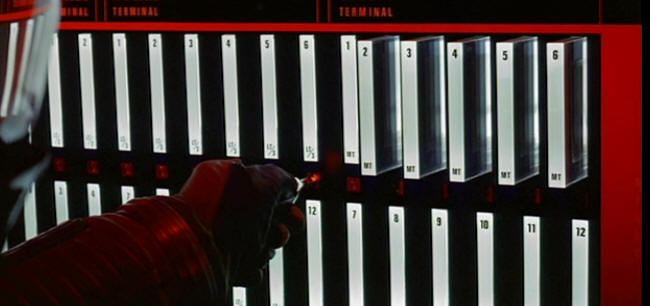
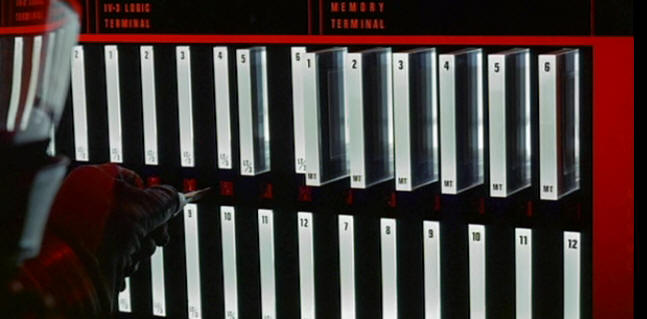
A hissing noise overlaps the two scenes of astronauts changing the AE-35 units. It sounds like air seeping out of something, which is what happens to Poole when his breathing gear is severed. But the hissing noise stops when Poole is attacked. Surely the air leakage should be heard after he is attacked and not before.
There is also a repeated visual theme of oval shapes and of the elongated hexagons that cover the walls of the excavation. These are often featured as doorways. One of my co-researchers for this review put forward the idea of the hexagons as a variation of symbolic eyes.
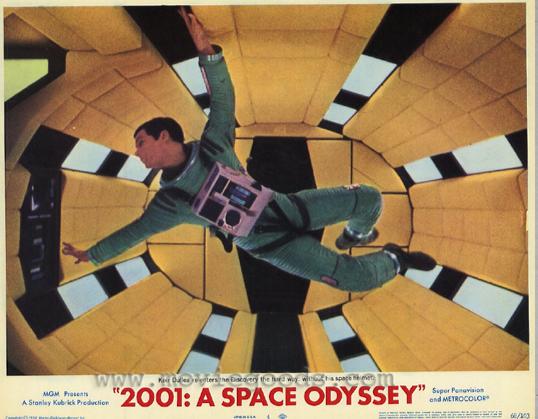
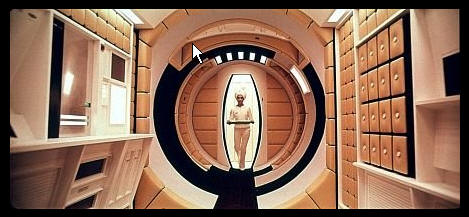
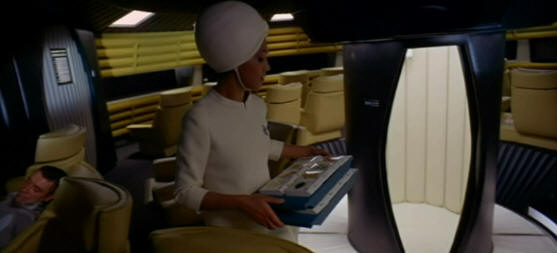
Their frequence in the walls of the excavation pit perhaps implies that many eyes are watching over the event.

The letters allocated to the pods is another mystery. The first two times HAL is asked to rotate a pod they are referred to as B-pod and C-pod, but the third time Bowman asks HAL to rotate G-pod. The pod closest to the airlock is never accessed so why the changing letters?
There are also some strange parallels between Floyds activities aboard the Torus station and Bowmans experience in the renaissance room. Floyd and his colleague discuss breakfast and he sits at a table where he is twice offered a drink which he refuses. Bowman sits at a table, drinks wine and eats just before his rebirth. The ceilings of the Torus are also identical to the floors of the renaissance room. And although it’s difficult to hear, the DVD titles reveal that Floyd has a table booked in a place called the Earthlight Room, which probably refers to the council meeting room. He is told his flight leaves in an hour and ten minutes. If we leap ahead by an hour and ten minutes in the movie (adding just under three minutes for the intermission) we arrive at the scene in which Bowman survives the airlock vacuum and then proceeds to shut down HAL. Whether there is some narrative logic to this I’m unsure.
Something slightly bizarre is the design of the hibernation pods. The three crew members look almost mummified.
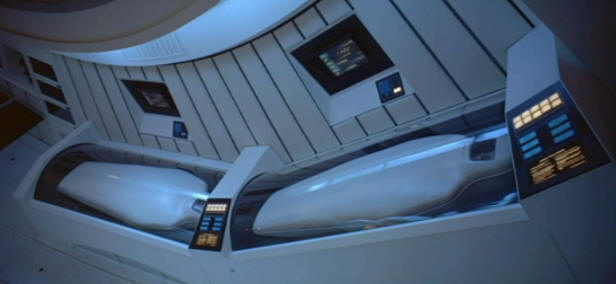
In fact there are many strange parallels between the events before and after the lunar excavation scene.
So Smyslov's story of a crew that were denied permission to land at Clavius seems to be a direct parallel with the events of the Jupiter mission. Now here is a really interesting comparison. Smyslov confirms to Floyd that the crew of the rocket bus got back safely, but we also know that HAL terminated the three hibernating crew member’s life functions aboard the discovery. This is a sever mismatch between the two narratives. However, Kubrick offers an incredibly subtle hint that the hybernating crew didn’t actually die. When the basic technical aspects of hibernation are being explained during the BBC tv broadcast, the first close up of the hibernation pods shows a terminal of buttons and a set of instructions called “emergency revival procedures”.

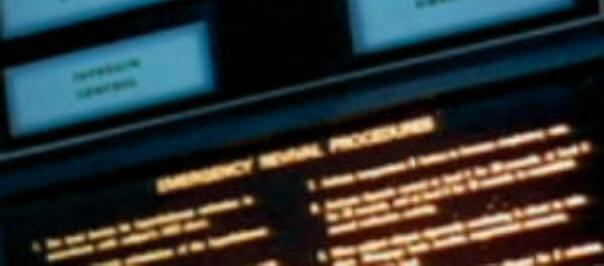
So there you have it. In the hidden narrative the three hibernating crew members were more than likely saved by Bowman after he shut down HAL.
However, there is one other crew member not accounted for … Frank Poole. His body was lost in the void, but there is also a hint that his fate may be different in the hidden narrative. Bowman conducts the first trip to the antenna and just before he reaches it we see a close up in which he pushes a button on his forearm console. Then his head moves on screen and his face disappears into blackness. Now it’s easy to assume this is the shadow from the antenna, but watch the shot closely. Only his face disappears into complete darkness. His spacesuit, including the helmet, remains in full sunlight. What the hell just happened?
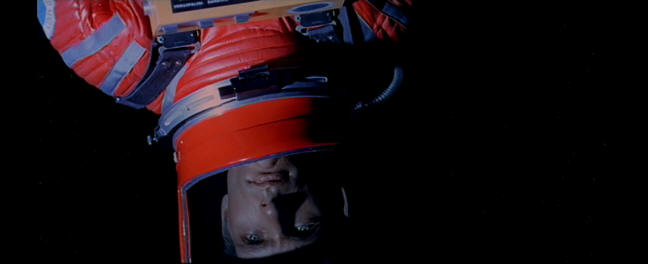
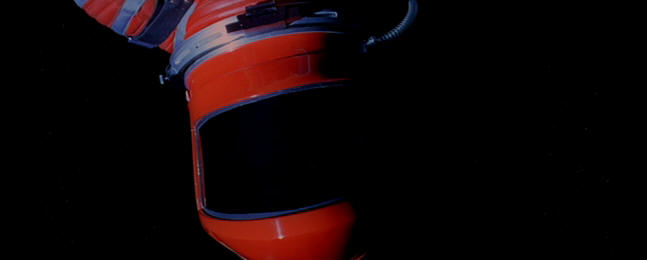
One explanation might be that, having pressed a button on his forearm console, Bowman has activated a chemical shielding device in the glass of his helmet to protect his face against the suns harmful rays. If this was the case though, he would have done it before climbing out of the pod. Remember as well that there was a black, monolith shaped, button on his console which he pointed at when pressing one of the buttons.
My interpretation of these details is that when the pod attacks Frank Poole, he makes the shift out of the film narrative and into the stargate. Perhaps he recognised the monoliths meaning just as his air supply was about to completely run out. After all Bowman survived the vacuum of space for a good ten or fifteen seconds. This also make sense of a very odd shot. After Poole is seen struggling for breath in the void, in the next shot he suddenly flies into the distance completely lifeless.
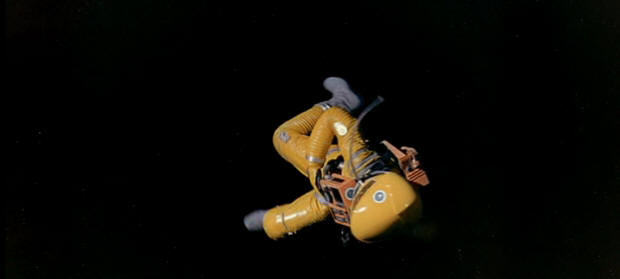
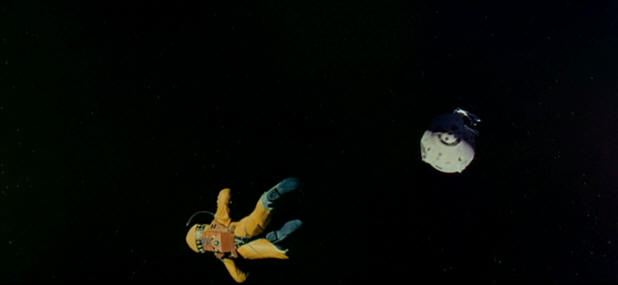
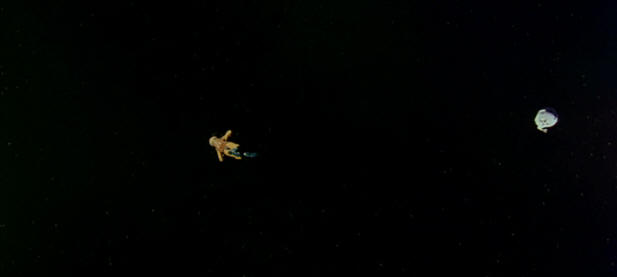
It’s as if he has just died instantly, but the really strange thing about this shot (the second and third screen capture above) is that a pod also flies on screen from the same position as Frank and flies off at a different angle all together. I believe this represents Frank Poole’s soul leaving his body and heading off into the stargate in a symbolic death.
If Poole did make the stargate trip and was reborn then this would account for the following production stills and posters that imply he has reached the same form of enlightenment that Bowman does.
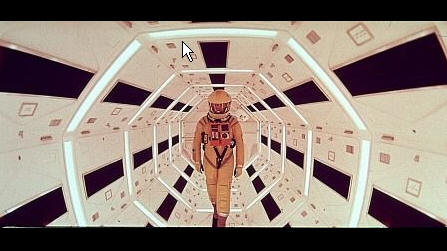
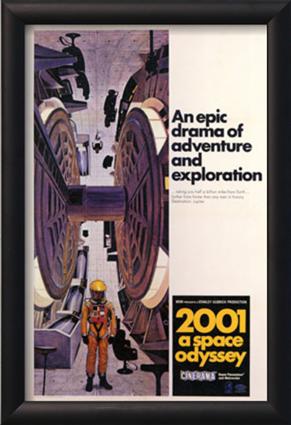
Notice in the poster above that Frank can be seen at the top, jogging around the wheel, while his suit stands staring at us. Like Bowman after the stargate, he is in and out of the film simultaneously.
And so putting all this together, the parallel comment from Smyslov that the crew got back alright would also apply with the discovery crew – the only real death being HAL. If this extremely positive interpretation of 2001’s plot really was an intended hidden narrative then it reveals that Stanley Kubrick was the total opposite of the cold cynic he was widely perceived to be.
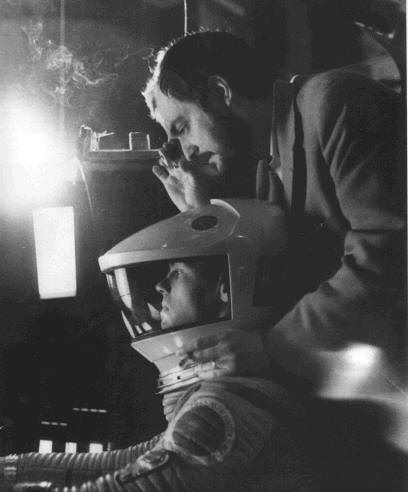
Now one last mystery I’d like to bring up is the peculiar parallels between 2001: A Space Odyssey and the film Planet of the Apes.
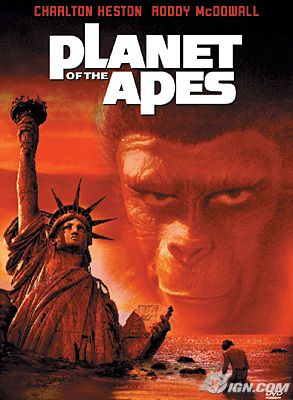
Both films were made in the same year and they were released within three days of each other. In planet of the apes three astronauts crash land on a planet populated by a race of apes. The apes have evolved to approximately the same intelligence levels as humans and have constructed advanced societies. At the end of the film the main character discovers that the supposed alien planet is actually Earth. He and the rest of his hibernating crew have been drifting endlessly in space and have returned to an earth in which domesticated apes had evolved and overthrown their human masters. These plot details all bare conceptual similarities to the hidden narratives of 2001, but as far as I can tell there was no collaboration between the film crews, distributors or producers.
Regarding the subliminal hints of 2001 that tie in with moon landing conspiracies, Planet of the Apes also features a shot in which one of it's three astronaut characters embeds a small US flag into a rock. At this point he still believes he is on an alien planet. The film's main character sees this flag and stares into the camera, howling with laughter.
If you are wondering why the sequel 2010 does not follow the same visual codes as Kubrick’s masterpiece, then bare in mind that Kubrick not only didn't make the sequel, but he also ordered most unused footage, props, and other production materials destroyed so as not to be used in other productions.
2001 is Kubricks baby, a giant conceptual puzzle that is challenging us to expand our consciousness. It demands that we think on higher and more complex levels. Kubrick expects each of us to evolve by using our untapped intelligence to carefully decode the messages of his cinematic masterpiece. Only after we have made this great mental effort will a full understanding of the films true meanings “dawn” upon us. This review is my attempt, with the valuable help of several mutual Kubrick fans, at cracking the full code of 2001.
For those of you who never previously bought into the notion of Stanley Kubrick being a cinematic genius, or who thought that 2001 was a pompous and empty effort to appear more grandiose than it actually is … think again. I hope this review changes your mind.
